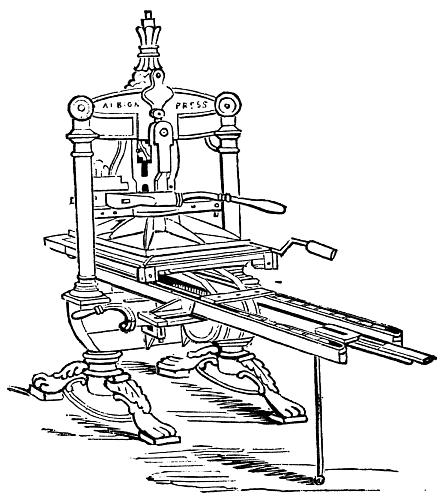 (last week)
(last week) (today!)
(today!)- Sometimes the 2nd or 3rd print comes out better as the lino has been coated in ink several times.
- If you warm the lino up before cutting into it, it's easier and more pliable.
- I should make sure my hands are clean before putting paper into the albion press; I got inky fingerprints everywhere.
- Aiming lino cutting tools AWAY from your fingers reduces the risk of slicing them to pieces.
Rose Power 18/10/10
How many prints did you make? 8

















 >">
>">

